Have you ever walked down a street and seen metal teeth run alongside low street-garden walls and metal bars? That is an example of hostile architecture.
With the explosion of urbanization, people have thronged cities, and there is a high population to deal with. Since people interact directly with the environment, architects and designers have come up with ways to restrict human behavior in relation to the built environment.
This form of human conditioning using architecture is called hostile architecture, also known as defensive architecture. Not to be confused with brutalist architecture, hostile design is more restrictive than appreciative.
Examples of hostile architecture
1) Slanted Benches

Image Source: re-thinkingthefuture.com
Benches are perhaps the most common features you will see in public spaces. However, they are meant to be used only when one has no choice. Slanted benches may be comfortable for a few minutes if you are using them before the strain on your back sets in.
Slanted benches keep away homeless people who may use the benches to spend the night.
2) Security Cameras
Security cameras are common in privately owned public spaces. While cameras have no direct physical effect on you, the psychological effect is overwhelming, and it may feel as though you are intruding while you are actually not.

Image Source: imoulife.com
Since homeless people find themselves in trouble most of the time, they tend to avoid anything that may get them into more trouble, cameras being one of them.
3) Armrests on Benches
Homeless people prefer benches because they are comfortable and are raised off the ground. However, benches with armrests are one of the most common anti-homeless architecture examples you will see in most cities.

Image Source: designingbuildings.co.uk
Armrests make the benches impossible to sleep on unless you are willing to sit up all night.
4) Rocky Pavements

Image Source: realchangenews.org
You may look at a pavement and think having rocks on the side is a cool design. However, this is one of the designs intended to keep homeless people from sleeping on the streets. Some establishments go as far as having boulders on the streets, taking the hostile design choice to an extreme.
5) Sidewalk Gardens
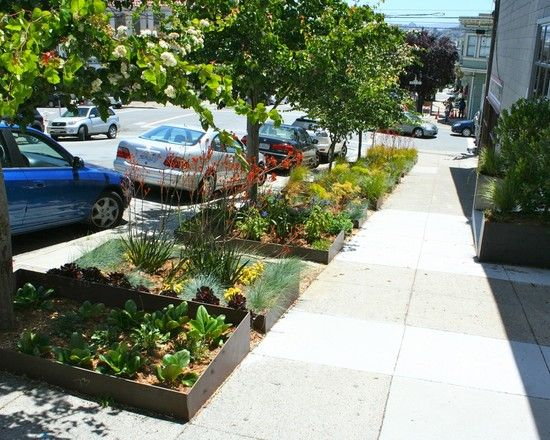
Image Source: pinterest.com
Before you think the neatly tended sidewalk makes the city lush and beautiful, do not be fooled, as this is one form of subtle territorial enforcement against the homeless folk. Some building owners go as far as to have the plants watered at night to keep any poor people away.
Many cities have taken this measure as it makes the cities neat and beautiful in the process.
6) Blue-Lit Washrooms
It is debatable whether this is hostile as it is a method to stop people from using drugs in washrooms. It is harder to find your veins under intense blue light, making it less likely to have anyone inject themselves with drugs in said washrooms.

Image Source: saanichnews.com
The downside of this design is that the washrooms end up being unhygienic as is hard to see any fluids or dirt under that lighting. Any addicted person may end up hurting themselves in an effort to inject a needle under poor lighting.
7) Awning Gap

Image Source: interestingengineers.com
The awning gap may look like a design flaw at first. However, it is more of a design choice than a flaw. Since many people like sheltered areas especially during rain, the awning gap lets in rain on the pavement, making it possible for anyone to sleep there.
8) Spikes Over/Near Street Vents

Image Source: thestar.com
Homelessness means there are some advantages that homeless people do not enjoy like a warm place to stay during winter. Mostly, their recourse is street vents that release warm air from underground establishments. However, most street vents have raised or irregular grate covers that make them uncomfortable to sleep on.
The homeless community suffers even more as vents are getting fenced in most places. While
9) Anti-Urine Paint
The concrete jungle in most cities is hostile in many ways including the lack of restrooms. It is almost impossible for homeless people to find places to relieve themselves. While it is bad behavior to resort to public spaces, at some point they have to go.

Image Source: mirror.co.uk
Anti-urine paint prevents people from going on certain places as it splashes back urine. This method was used in San Francisco. Later, the city did a fantastic thing by creating 24-hour access to restrooms in a project called the Pit-Stop program.
10) Camden Benches

Image Source: failedarchitecture.com
A Camden bench is made in such a way that it has an uneven surface. You will not be able to sleep on the concrete bench as it is specifically designed for seating. While there are other examples of hostile architecture, Camden benches take it a notch higher because the design choice passes for modern architectural art.
11) Spiked Window Sills

Image Source: designindaba.com
To prevent homeless people from sleeping in front of or behind stores, the window sills are spiked with metal bars. This is one of the most popular hostile designs in modern spaces.
12) Street Spikes (Anti-Loitering Spikes)

Image Source: dailymail.co.uk
Flat surfaces are not only attractive to homeless people, but to anyone who might want to sleep. Since homeless populations have no beds, the streets are their next best option. Most streets have street anti-homeless spikes to keep anyone who wants to sleep away.
Street spikes not only keep homeless people from sleeping but young people who might want to skate on some pavements too.
13) Locked Benches

Image Source: re-thinkingdesign.com
Locked benches are benches that function normally during the day, but are folded up and locked during the night to prevent people from sleeping on it them.
14) Curved Benches
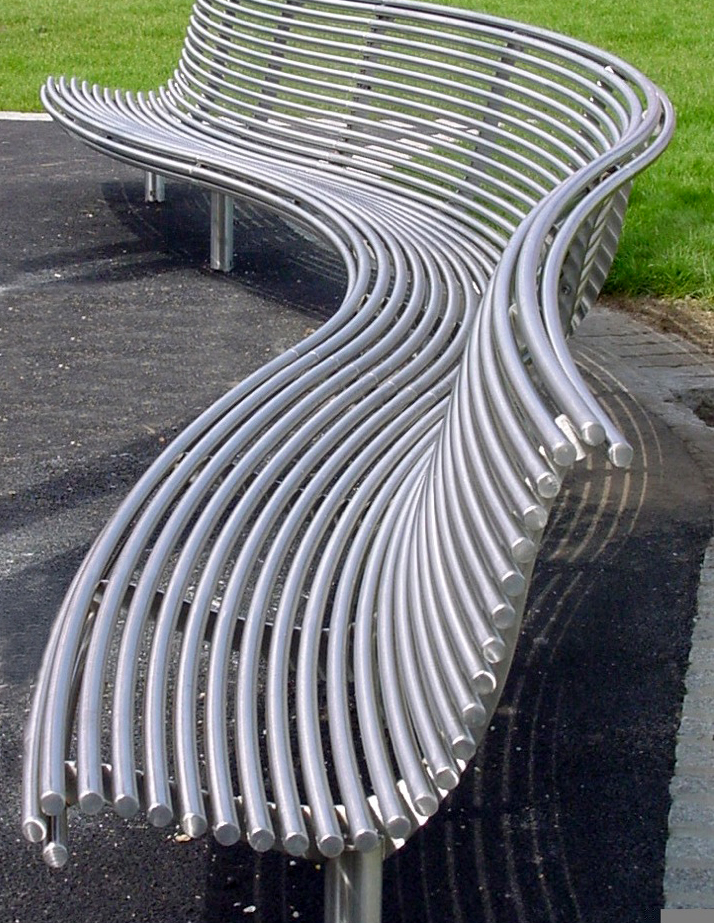
Image Source: benchmark-ltd.co.uk
Curved benches are uncomfortable to sit on and almost impossible to sleep on. These benches are made to make the user as uncomfortable as possible.
15) Ghost Amenities
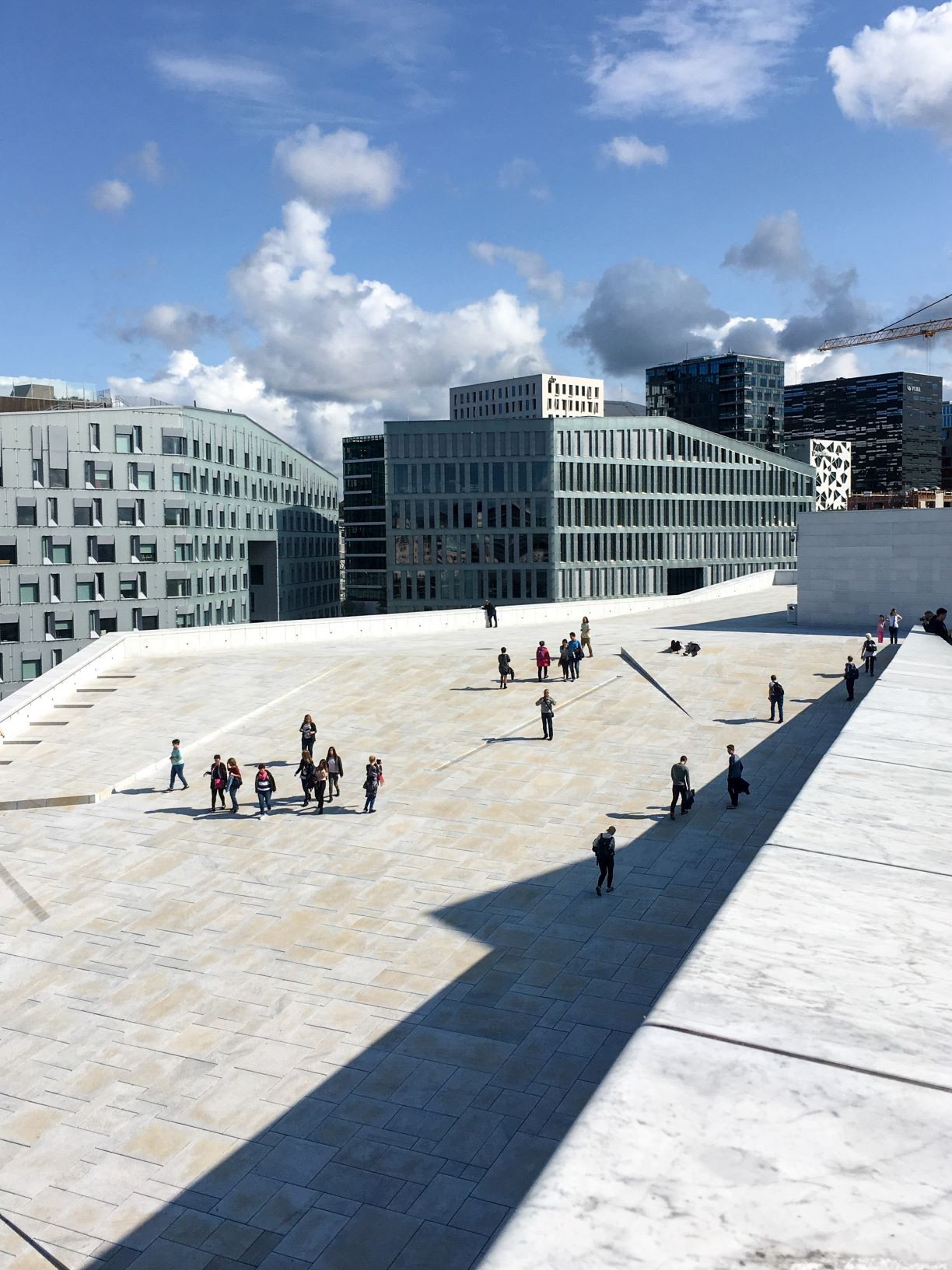
Image Source: uxdesign.cc
Ghost amenities are just open spaces in cities where there is nothing but just concrete. While ghost amenities are public spaces, it would be impossible to sleep on them as there is no shelter or buildings to provide a much-needed barrier.
16) Platforms with Metal Bars

Image Source: architecturalrecord.com
Metal bars have a way of hurting your body if you lay on a flat surface. The metal bars only allow for space for just one person to sleep on. Metal bars make it impossible for skaters to use the platform, creating a nuisance in public spaces.
17) Segmented Benches

Image Source: ourtownreno.com
Segmented benches have spaces that allow only one person to sit in each segment. One would not be able to sleep on the bench as they are designed for sitting only.
18) Street Dividers
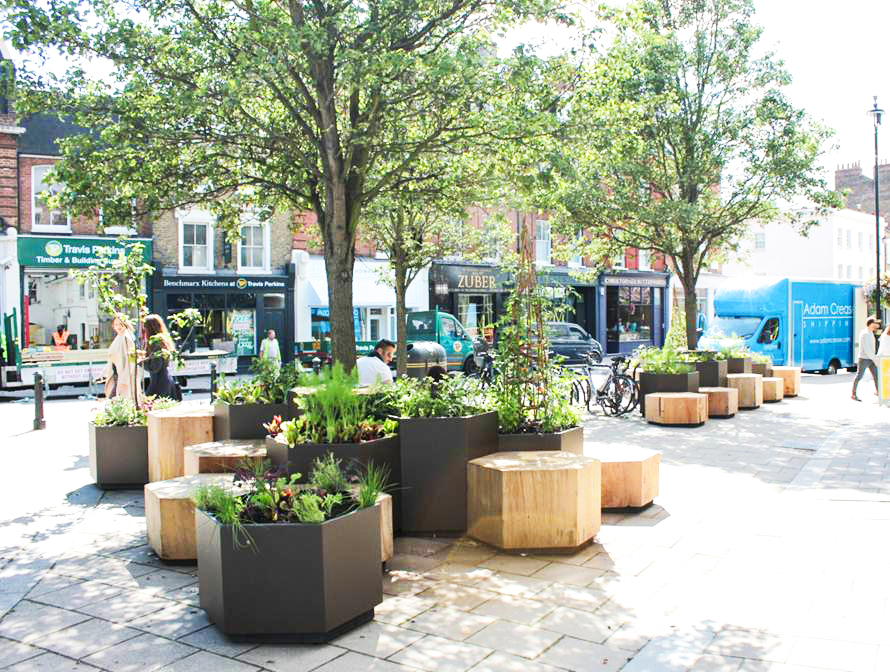
Image Source: wildwestend.london
Street dividers can be potted plants for decorations. The dividers prompt pedestrians to walk deeper into the pavement, making it impossible for homeless people to sleep on the pavement. The other side of the street dividers is a road used by vehicles.
Street dividers take up space on pavements leaving just enough space for walking.
19) Under-Bridge Spikes
Bridges offer a home to many people as they are not used for any other purposes other than roads and trains. The extra spaces under the bridges are perfect spots for anyone who needs somewhere to stay.

Image Source: flickr.com
While the extra space under a bridge is a public space that is not used publicly in most cases, most bridges have spikes underneath them to prevent people from seeking shelter there.
Bridges with people living underneath are potentially dangerous spots in most cities.
20) Unorthodox Benches

Image Source: re-thinkingdesign.com
There are benches of all sorts designed just to prevent people from sleeping on them. For instance, you will find cylindrical benches that you can only lean on but not sleep on. Below are other benches that have obscure shapes that are not friendly for anyone who wants to rest their head for the night.

Image Source: gardenfurniturecenter.com

Image Source: pinterest.com

Image Source: boredpanda.com

Image Source: architecturendesign.com
21) Pay and Sit Benches

Image Source: re-thinkingthefuture.com
There are places with pay-and-sit benches that have spikes that will only retract once you slot a coin into a box. These benches are the ultimate defensive design.
22) Corner Obstruction Bars and other Elements
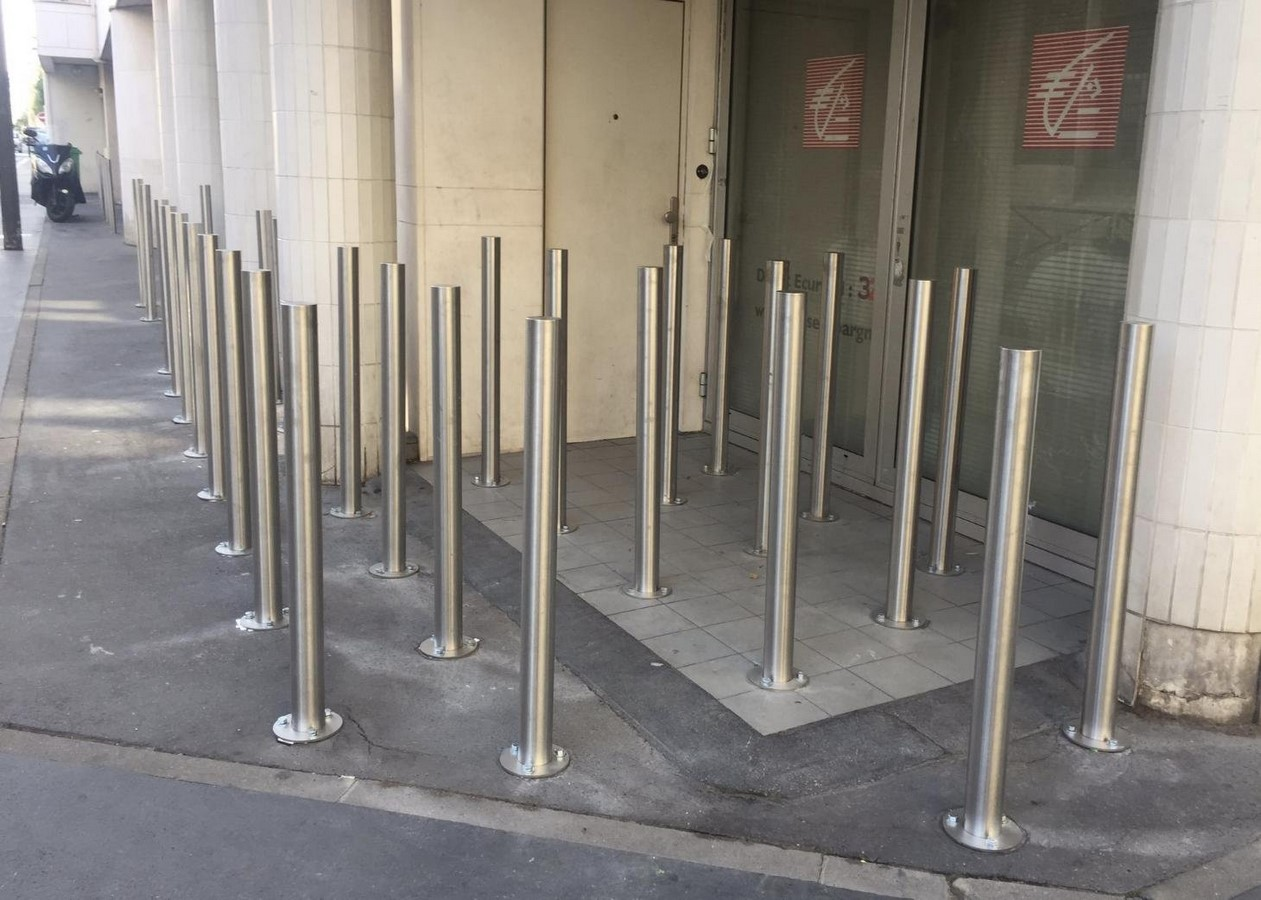
Image Source: re-thinkingthefuture.com
Corners offer a barrier to traffic, and cold winds and offer a level of privacy in the streets. However, there are establishments that have barriers or rocks in corners to prevent anyone from sleeping there.
The next time you are in town, take a keen look at street corners with spaces in between. You will probably see a potted plant.
23) Bird Spikes

Image Source: bristolpost.co.uk
If you thought hostile architecture was only for homeless people, then you should know about bird spikes. There are areas with trees lined with bird spikes to prevent birds from perching. Mostly, you will find bird spikes in parking areas or outdoor restaurant seating areas.
Bird spikes keep other animals like squirrels and raccoons away from establishments.
24) Retractable Spikes

Image Source: madoors.com
Retractable spikes are made to be used at night when the store is closed. The spikes prevent people from sleeping on the storefront at night.
25) Fountains and Ponds

Image Source: fountainsandfeatures.co.uk
Fountains are beautiful and relaxing to look at. However, for a homeless person, it is impossible for them to sleep where there is water flowing.
Frequently Asked Questions About Hostile Architecture

Image Source: cnn.com
a) What is the purpose of hostile architecture?
Hostile architecture is restrictive and is meant to stop people from sitting idly in the streets. The root cause of hostile architecture is the rise of homeless people who may need certain amenities like spaces to sleep at night. Hostile design is one of the many types of architecture that have greatly impacted modern cities.
b) What is the problem with hostile architecture?
Every hostile architecture is an exclusionary design. While the main target group is the homeless community, other people suffer needlessly. For instance, pregnant women, disabled and elderly people are often victims of hostile architecture.
Hostile architecture does not solve a problem but rather deflects it. For instance, instead of solving housing crises, most cities are resorting to hostile architecture to keep the homeless from the streets.
c) Is hostile architecture legal?
Hostile architecture takes advantage of the grey areas in law. For instance, it is not a crime to have spaced awning over the pavement and if the rain stops a person from sleeping on the pavement, no illegality took place.
d) Does hostile architecture affect the environment?
Not all forms of hostile architecture affect the environment. However, there are forms of hostile architecture that are meant to keep away wild animals. These forms of design affect the ecosystems that existed before humans intruded with the built environment.
For instance, if a forested area is cleared and an estate put up with anti-bird spikes installed, there is a whole ecosystem that has to shift.
e) What is the opposite of hostile architecture?
The closest term defining the opposite of hostile architecture would be “inclusive design”. Since hostile architecture tends to push people away at all costs, inclusive architecture designs create spaces that relaxing and inviting.
f) Does hostile architecture affect animals?
There is a form of hostile architecture designed specifically to keep animals and even birds away. This can include cones on pillars, spikes, and more designs that keep animals away.
g) Which cities use hostile architecture?
You will find hostile architecture in any part of the world. It is safe to say that all cities have a form of hostile architecture. There are famous hostile designs like the Camden bench that was commissioned in London or the under-road spikes in China.
Everywhere you go, you will see an effort to keep the homeless at bay. While homelessness is a problem in every city, architectural design choice has never really catered to the homeless community.
Pros and Cons of Hostile Architecture

Image Source: c1typlann3r.medium.com
With every architectural design, there is an advantage that the designers are going for. In the process, there are some disadvantages of having structures that crop up. Here are some pros and cons of hostile design.
Pros:
Cons:
Final Thoughts
Hostile design is one of the most common elements of architecture that we interact with every day, yet so subtle, we forget it exists. However, you do not need to delve deep into urban research to see the different forms of hostile design around you. Just walk out and you will see it everywhere you look.
Featured Image Source: hevria.com














